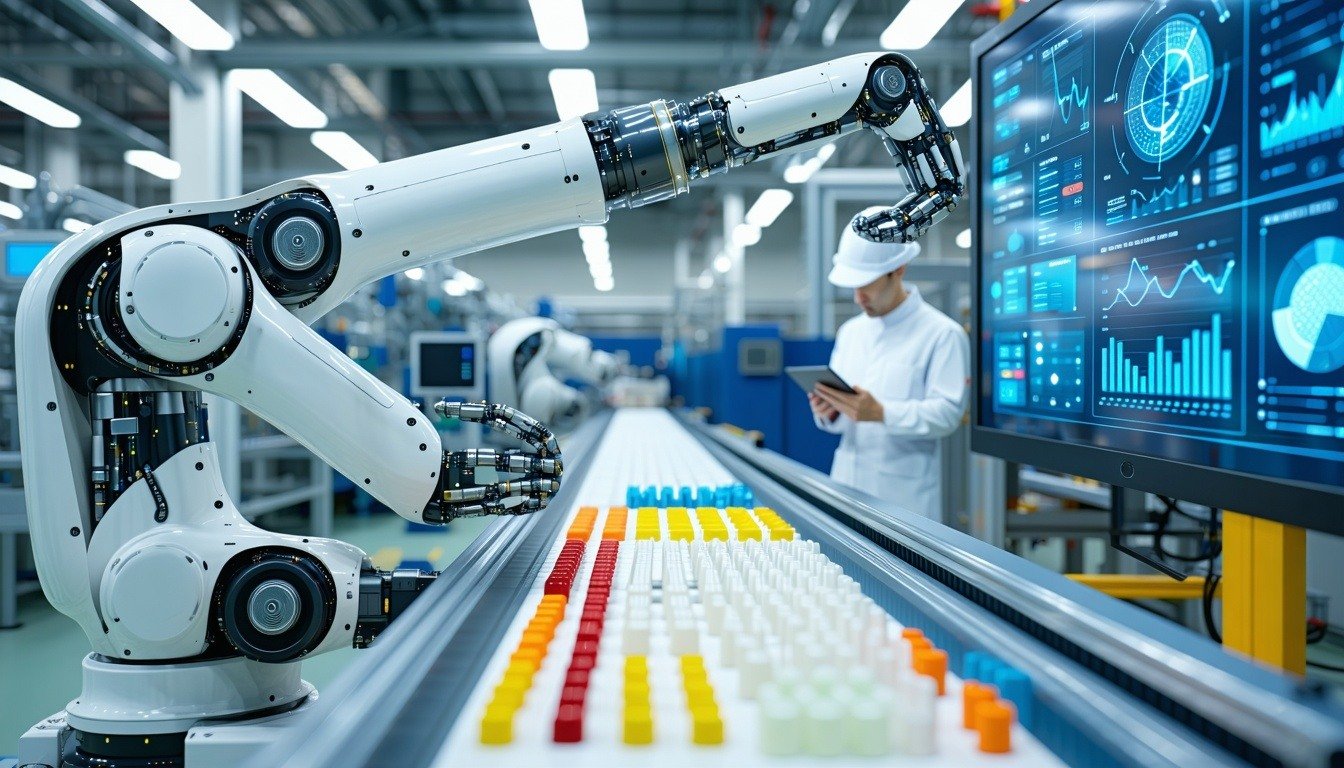Open Source middleware accelerates robotic product development by providing a working framework for software tools and reusable code to be available to developers. ROS provides much-needed accessibility for a rapidly growing robotics market.
While the continued maintenance, standardization, and long-term commercial adoption of ROS has struggled due to its reliance on volunteers (e.g., GitHub forums), industry leaders such as NVIDIA have made significant progress. NVIDIA, one of the founders of the Open Source Robotics Alliance (OSRA), provides ROS and ROS 2-supported platforms to scale robotic production.
Robotics Vendors Turn to NVIDIA
NVIDIA is the king of the Graphics Processing Unit (GPU) market, making its ecosystem fertile for developing forward-looking robotics solutions. You would be hard-pressed to find anyone in the open robotics and ROS community who has not heard of NVIDIA. The California-based company’s close ties with the robotics community allow for constructive feedback on ROS best practices.
NVIDIA’s ROS drivers for its CUDA programming framework allow robotics developers to optimize processing by directly controlling GPU processing threads. As a result, robotics developers can produce ROS-native algorithms that unlock novel applications such as Simultaneous Location and Mapping (SLAM), Deep Learning (DL) models, and other Machine Learning (ML) workloads.
At GTC 2024, NVIDIA announced partnerships with Solomon, Siemens, Techman Robot, Yaskawa Motoman, Teradyne Robotics (parent of UR and MiR), Intrinsic, and Dassault Systèmes. These companies, like existing NVIDIA customers, will use ROS-supporting products Isaac and Jetson to enhance productivity and safety at warehouses, factories, and distribution centers globally. These two platforms provide the software tools and libraries that robotics developers are starving for as they push the innovation envelope.
NVIDIA Isaac Gets an Update
Isaac is the first of two modules to demonstrate NVIDIA’s commitment to ROS. Artificial Intelligence (AI) and Generative AI (Gen AI) libraries are the cornerstone of Isaac, tailored to robotics use cases and NVIDIA’s GPU hardware. This year, the ROS 2-based platform saw a revamp with AI training and deployment extended to humanoids and collaborative, mobile, and industrial robots.
Isaac ROS, which saw version 3.0 released in May, includes the following products:
- Isaac Perceptor has already been trialed by Gideon, RGo Robotics, BYD Electronics, and ArcBest. It leverages Kudan’s visual SLAM technology and other vision-based techniques to support advanced real-time mapping for mobile robots.
- Isaac Manipulator is used by companies like Yaskawa and Universal Robotics to enhance the perception and movement capabilities of Collaborative Robots (cobots). Manipulator accomplishes this by using pose estimation and trajectory optimization workflows.
- Isaac Sim enables developers to simulate and train robots on the virtual Omniverse platform. Sim gives Open Robotics’ Gazebo platform a run for its money, as ROS and ROS 2 are baked into it.
Jetson’s Computing Resources Complement Isaac’s Robotic Design Capabilities
NVIDIA Jetson is built to support embedded computing use cases, providing high resource edge capabilities. Robotics developers can use Jetson AGX Xavier for cobot construction, as Universal Robotics does. For mobile robot developers, Jetson AGX Orin is the right option. NVIDIA also offers Docker images with ROS 1 and ROS 2 integration, ensuring robotic solutions can be designed on the Isaac platform.
With Gen AI's growing relevance in the robotics industry, NVIDIA’s ROS efforts set the tech giant up for a bright future. As robotics applications become increasingly complex, NVIDIA GPUs and ROS frameworks will play an integral role. In other words, robotics innovation runs through NVIDIA and the companies that follow in its path.
Some notable competitors to NVIDIA include AMD, Intel, and Qualcomm. Learn how these companies’ ROS efforts rival NVIDIA, and identify the value and barriers of ROS in ABI Research’s Open-Source Framework Robot Operating Systems (ROS) report.





